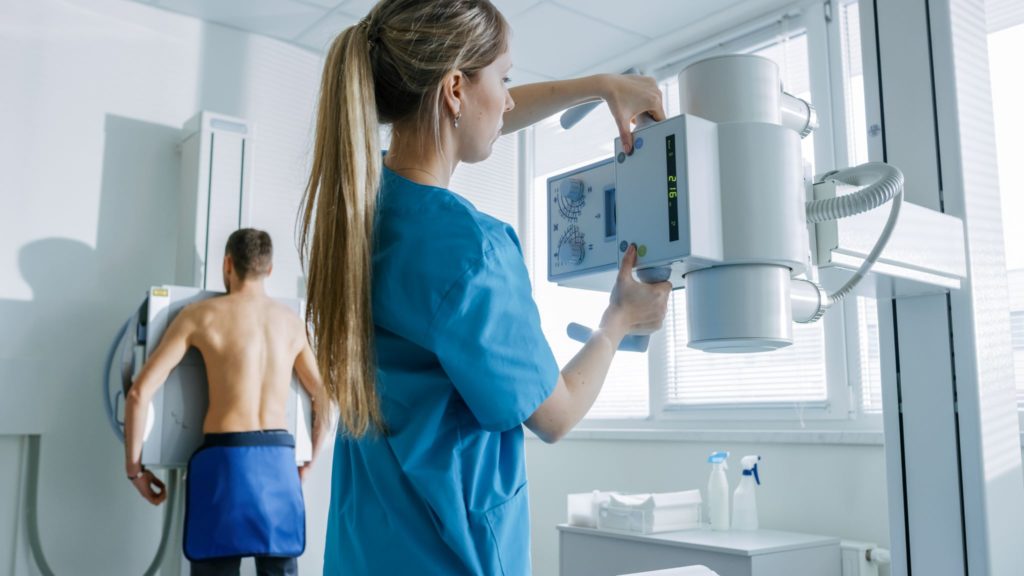
What are REACH and RoHS?
RoHS (Restriction of Hazardous Substances) is a European Union (EU) directive restricting the use of hazardous substances in electronic products. It was introduced in 2003 to protect human health and the environment from potential harm caused by substances such as lead, mercury, cadmium, and hexavalent chromium. The directive aims to reduce the use of hazardous substances in electronic products and encourages using alternative, safer substances.
Medical devices, such as dialysis machines, heart monitors, etc., are some of the products to which RoHS applies.
REACH (Registration, Evaluation, Authorization, and restriction of Chemicals) is another EU regulation governing the use of chemicals in products. Introduced in 2007, it replaces several existing EU regulations. REACH aims to ensure chemicals used in products are appropriately registered, evaluated for potential risks, and adequate measures are taken to protect human health and the environment. The REACH regulation applies to all chemicals used in the EU, regardless of whether they are produced within the EU or imported from outside, and includes:
- Chemicals: solvents, pigments, adhesives, etc.
- Consumer goods: textiles, toys, cosmetics, etc.
- Pharmaceuticals: prescription drugs, over-the-counter drugs, etc.
- Industrial equipment: machinery, process equipment, etc.
- Electronic goods: computers, mobile phones, televisions, etc.
- Building and construction materials: paints, adhesives, insulation, etc.
- Agricultural products: fertilizers, pesticides, etc.
- Transport products: cars, aircraft, ships, etc.
- Aerospace products: aircraft, satellites, etc.
- Defense products: military equipment, weapons, etc.
It is important to note that REACH regulations constantly evolve, so staying updated on the latest requirements is essential.
Why are RoHS and REACH Compliance Important?

Complying with RoHS and REACH regulations is crucial for companies that sell products in the European Union. In addition, the following points demonstrate the positive aspects of limiting and eliminating the restricted substances outlined in these regulations.
Demonstrates Commitment to Sustainability and Responsible Manufacturing Practices
RoHS and REACH compliance demonstrates a company’s commitment to sustainability and responsible manufacturing practices. By ensuring products are free from hazardous substances and adequately registered and evaluated for potential risks, companies are showing they care about their product’s impact on the environment and human health. This helps build trust with consumers and establishes a positive reputation for the company.
Helps Ensure Product Safety
REACH and RoHS compliance helps to ensure products are safe for consumers. RoHS restricts the use of hazardous substances in electronic products, while REACH establishes that chemicals used in products are properly evaluated for potential risks. By ensuring products meet these regulations, companies can be confident they are selling safe and sustainable products.
Avoids Financial Penalties and Reputation Damage
Failure to comply with RoHS and REACH can result in considerable financial penalties and damage a company’s reputation. The EU takes these regulations very seriously, and companies found to be in breach may face heavy fines.
What Can Companies Do to Ensure RoHS and REACH Compliance?

Conduct a Hazardous Substance Audit: The first step to ensure RoHS compliance is to conduct a hazardous substance audit to identify if any substances used in the manufacture of a company’s products are governed by RoHS regulations.
Evaluate Your Supply Chain: REACH regulations apply to all chemicals used in the EU, regardless of whether they are produced within the EU or imported from outside. Companies should evaluate their supply chain to ensure all chemicals used are appropriately registered and assessed for potential risks in accordance with REACH regulations.
Implement a System for Tracking and Monitoring Compliance: Companies should implement a system for tracking and monitoring compliance with RoHS and REACH regulations. This system should include processes for regularly reviewing the compliance status of products and suppliers and procedures for addressing any non-compliance issues identified.
Work with a Testing Laboratory: To ensure products comply with RoHS and REACH regulations, companies often work with a testing laboratory to conduct audits and provide certification.
Regularly Review Compliance Status: Finally, companies should regularly review their compliance status with RoHS and REACH regulations to ensure they continue to meet these regulations over time. This may involve conducting regular hazardous substance audits and supply chain evaluations and staying up-to-date with any changes to the rules.
By working with an EMS strategic partner capable of supporting and documenting ROHS and REACH compliance, companies can minimize risk as they take products to market globally. Contact Nortech Systems today to learn more about our Quality Management and compliance processes.

